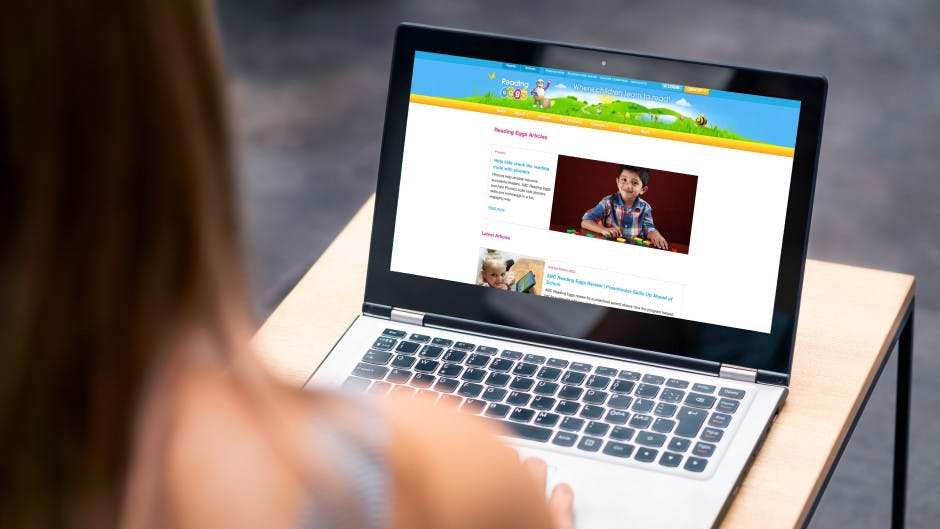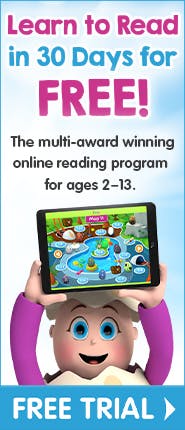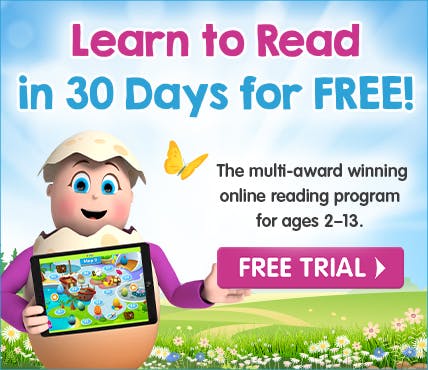


Reading Log

Reading logs can be a contentious issue for both educators and parents. For educators a reading log is often the signal of the trench war between enthusiasts for phonics and the devotees of whole language instruction. In a reductive nutshell, teachers who favour phonics tend to work on the literacy skills that help kids break down words into their parts in order to be able to read, while teachers who favour whole language instruction tend to favour the use of reading logs and stress the reading of entire texts. For parents, reading logs can seem like just another box to tick or form to sign. In the great quest to have students reading for meaning, it’s easy to lose sight of the meaning behind reading logs.
Some educators are quick to point out that reading logs should serve merely as a reminder to students and parents that students should read everyday in order to make the greatest gains and improvement in their reading. A strict and rigid keeping of the reading log is not the point, rather, it should serve as an encouragement to the student to pick up and read a book everyday.
And, certainly, if reading is only occurring in order to put a tick on a reading log, then the point of reading can be lost a bit. After all, the goal is not reading solely for the sake of the reading log, but rather, reading for meaning, for understanding. If the focus of reading is simply to complete a chart, then the student may not be benefiting as much as he or she could from the activity of reading.
Reading logs can also serve as both a reminder that students should read, but also as a record of all that they have read. A reading log can be used to show students the many book titles that they have read, and encourage them to keep up the good work. Reading logs are often used in guided reading and home readers, in order for parents and teachers to track the readers that a student brings home, which helps a student not bring home the same book too many times.
Two helpful rules of thumb to follow for the books that a child reads and lists on a reading log are the Goldilocks Rule and the Five-Finger Rule.
Goldilocks rule
In order to find a book that is ‘just right’ for a young reader to read, they can ask three questions of a book, ‘Is the book too easy for me?’, ‘Is the book too hard for me?’, or ‘Is the book just right for me?’ Here’s how to find out what books are neither too easy, nor too hard, but just right for a reader:
Too Easy
I have read the book many times
I understand the book and can retell it easily
I know and understand almost every word
I can read the book fluently without practice
Too Hard
There are at least five words I don’t recognise or understand
The story is confusing to me
I can’t read the book smoothly yet
I need help reading this book
Just Right
The book is new to me and sounds interesting
I can understand what’s happening in the story
I can retell what I have read.
I recognise most of the words, but there are some I need to work on
I can read the book by myself but need some help in the tough parts
Another way to determine if a story is too hard for a reader is the Five-Finger Rule.
Five-Finger Rule
Open the book to any page after the first page
Start reading
For every word that you can’t read or have trouble sounding out (and you’re not quite sure what the word it), put up a finger.
If the reader has trouble with five or more words, then the book is too hard and should be saved for a little later.
Reading logs don’t have to be a source of contention or drudgery. Reading logs can be a great way for kids to respond to what they’ve read. If they didn’t like a book they have the chance to write down what they didn’t like the book. And if it is a book they particularly enjoyed, they can use the reading log as a place to figure out what they liked about the book and why. They can use the log as an opportunity to engage with what they’ve read, and explore what they do and do not enjoy reading.
Reading Eggs makes keeping a record of all the books a child has read a fun activity. As Reading Eggs is an online resource, it automatically keeps a record of all the books read within the site. Kids can see how much they’ve read, and also how much their reading has improved as a result of their reading. The focus of Reading Eggs is on children reading for meaning, as well as children reading real books, hence the use of digital books that mimic physical books, so that kids develop those important book-handling skills.
Testimonials
Since using Reading Eggs, my daughter recognises words and knows all her letters now. She is more interested in reading books and loves going to the library now. She spends more time looking at the words in books and trying to read them instead of just flipping through looking at the pictures.
- Callum
Reading Eggs is a quality programme that offers students a motivational and fun way to learn reading skills. It is excellent for teachers as activities cater to a range of levels. This is particularly useful in multi-age classrooms, for students who need extra support or those needing extension. Students are able to work at their own pace and can repeat activities if necessary. Teachers and parents can easily monitor their child’s progress. I have found that my students are progressing well in reading as I incorporate the Reading Eggs programme almost every day and I also have it available for students to use at home.
- Kristy Forrest, Clermont State School
Reading Eggs has been fantastic in my class. The children will often ask if they can go online in their own time. The site has allowed me to identify gaps and see growth in my students. It is a fun and engaging site [that] improves literacy knowledge…what more could a teacher ask for!
- Christine, Deans Marsh Primary School


